Home>Furniture>Outdoor Furniture>How To Fix Wicker Patio Furniture


Outdoor Furniture
How To Fix Wicker Patio Furniture
Modified: August 28, 2024
Learn how to fix your wicker patio furniture and enjoy your outdoor space again with our step-by-step guide. Restore the beauty and functionality of your outdoor furniture with our expert tips and tricks.
(Many of the links in this article redirect to a specific reviewed product. Your purchase of these products through affiliate links helps to generate commission for Storables.com, at no extra cost. Learn more)
Introduction
Welcome to our comprehensive guide on how to fix wicker patio furniture. Wicker patio furniture is a popular choice for outdoor spaces due to its durability, versatility, and timeless appeal. However, like any furniture exposed to the elements, wicker can suffer from wear and tear over time. Whether it’s a broken strand, loose weaving, or faded finish, knowing how to address these issues will help you extend the life of your wicker patio furniture.
In this article, we will provide you with a step-by-step guide to repairing wicker patio furniture. We’ll cover common issues you may encounter, the tools and materials you’ll need, and offer maintenance tips to prevent future damage. So, grab your toolbox and let’s dive into the world of wicker patio furniture restoration!
Before we begin, it’s important to note that repairing wicker patio furniture may require some basic DIY skills and patience. If you feel unsure about any step or encounter a major structural issue, it’s always best to consult with a professional. Now, let’s get started on reviving your beloved wicker patio furniture!
Key Takeaways:
- Repairing wicker patio furniture is a DIY-friendly process that involves assessing, cleaning, and fixing broken strands and loose weaving. Regular maintenance can prevent future damage and extend the furniture’s lifespan.
- To restore wicker patio furniture, assess the damage, clean the wicker, repair broken strands, replace loose weaving, and reapply finish or paint. Following these steps can breathe new life into your outdoor furniture.
Overview of Wicker Patio Furniture
Wicker patio furniture is a popular choice for outdoor spaces due to its classic look and durability. It is typically made from natural materials such as rattan, bamboo, or reed. The weaving technique used to create wicker furniture gives it a unique texture and adds visual interest to any outdoor setting.
One of the key advantages of wicker patio furniture is its versatility. It can be found in various styles ranging from traditional to modern, making it suitable for any design aesthetic. Additionally, wicker furniture is lightweight and easy to move around, allowing you to rearrange your outdoor space effortlessly.
When properly cared for, wicker patio furniture can withstand the elements and provide years of enjoyment. However, exposure to sunlight, rain, and extreme temperatures can cause wear and tear over time. Common issues that you may encounter include broken strands, loose weaving, and faded or chipped finish.
Fortunately, most of these issues can be addressed through simple repair and maintenance techniques. By following the steps outlined in this guide, you’ll be able to restore your wicker patio furniture to its former glory and ensure it continues to enhance your outdoor space for years to come.
Common Issues with Wicker Patio Furniture
While wicker patio furniture is known for its durability, it is not completely immune to wear and tear. Here are some common issues you may encounter:
- Broken Strands: Over time, individual strands of wicker can become brittle or break, especially if they are subjected to heavy weight or excessive force. This can lead to weakened sections of the furniture, affecting both its appearance and structural integrity.
- Loose Weaving: The weaving on wicker furniture can loosen over time, causing an uneven or unstable surface. This may result from continuous use, exposure to moisture, or improper maintenance. Loose weaving not only affects the appearance but can also make the furniture uncomfortable to sit on.
- Fading or Chipped Finish: Constant exposure to sunlight and weather elements can cause the finish on wicker patio furniture to fade or chip. This can make the furniture look dull and worn out, detracting from its overall appeal.
- Mold and Mildew: If left outdoors without proper protection, wicker furniture can be susceptible to mold and mildew growth. This is particularly common in humid or damp environments. Mold and mildew not only mar the appearance but can also pose health risks.
Dealing with these issues promptly is essential to prevent further damage and prolong the lifespan of your wicker patio furniture. Fortunately, most of these problems can be addressed with some DIY techniques and a little bit of time and effort.
Tools and Materials Needed
Before you start repairing your wicker patio furniture, it’s essential to gather the necessary tools and materials. Here’s a list of what you’ll need:
- Utility knife or scissors: You’ll need these for cutting and trimming any loose or damaged strands of wicker.
- Needle-nose pliers: This tool will come in handy for bending and manipulating the wicker strands during the repair process.
- Epoxy adhesive: A strong epoxy adhesive is necessary for bonding broken strands back together or securing loose weaving.
- Sandpaper: Depending on the extent of damage, you may need sandpaper to smooth out rough edges or prepare the surface for refinishing.
- Paintbrushes: If you’re planning to repaint or reapply finish to your wicker furniture, you’ll need a couple of paintbrushes in different sizes.
- Wicker sealing spray: This will help protect your wicker furniture from moisture and extend its lifespan. Look for a spray specifically designed for wicker materials.
- Replacement wicker strands: If you have severely damaged or missing sections of wicker, you may need to purchase replacement strands. Make sure to measure and match the thickness and color of the existing wicker for a seamless repair.
- Protective gloves and goggles: Since you’ll be working with adhesives and potentially sanding and refinishing, it’s important to protect your hands and eyes with gloves and goggles.
In addition to these specific tools and materials, it’s always a good idea to have a clean cloth, a bucket of warm soapy water, and a soft brush for cleaning purposes. Having these items on hand will make the repair process much smoother and more efficient.
Step-by-Step Guide to Fixing Wicker Patio Furniture
Now that you have gathered the necessary tools and materials, let’s dive into the step-by-step process of fixing your wicker patio furniture:
- Assessing the Damage: Start by examining your wicker furniture closely. Identify any broken strands, loose weaving, or areas that require refinishing. Take note of the extent of the damage so you can plan your repairs accordingly.
- Cleaning the Wicker: Before you begin any repairs, it’s important to clean the wicker furniture. Use a soft brush or cloth to remove any dust, dirt, or debris. If there is any mold or mildew present, clean the affected areas with a mixture of warm soapy water.
- Repairing Broken Strands: For broken strands, use a utility knife or scissors to cut away any frayed ends. Apply epoxy adhesive to both ends of the broken strand and press them together. Hold them in place until the adhesive sets. If the break is severe, you may need to reinforce it with additional strands or wrapping for extra support.
- Replacing Loose or Missing Weaving: If you have loose weaving, gently push the strands back into place using a needle-nose pliers. Apply epoxy adhesive underneath the loose strands and press them down firmly. For missing sections of weaving, measure and cut replacement strands to match the existing pattern. Weave the new strands through the existing wicker, securing them with epoxy adhesive as needed.
- Reapplying Finish or Paint: If your wicker furniture has a faded or chipped finish, consider refinishing it. Lightly sand the surface to remove any rough spots or old finish. Apply a new coat of paint or wicker stain in thin, even layers, allowing each coat to dry before applying the next. Follow the manufacturer’s instructions on the specific product you are using.
Remember to work slowly and carefully during the repair process to avoid causing further damage. Take breaks when needed to ensure your safety and maintain a steady hand.
Once you have completed the necessary repairs, allow the furniture to dry completely before use. This will ensure the adhesive and finish have properly set.
By following these steps, you can breathe new life into your wicker patio furniture and enjoy it for many more seasons to come.
Read more: How To Clean Wicker Furniture
Assessing the Damage
Before you begin any repairs on your wicker patio furniture, it’s important to assess the extent of the damage. This step will help you determine the scope of the repairs needed and plan your restoration process accordingly.
Start by closely examining your wicker furniture. Look for any broken strands, loose weaving, or areas that require refinishing. Take note of each issue and make a mental or written checklist of the repairs that need to be addressed.
If you notice any broken strands, carefully inspect the surrounding area to see if there are any additional weakened or damaged strands. This will give you a better understanding of the overall condition of the wicker weave.
Next, evaluate any loose weaving or gaps in the pattern. Gently press down on the loose strands with your fingers to see if they can be easily manipulated back into place. If they stay in position, you may be able to secure them with adhesive during the repair process. However, if the weaving is severely compromised, you may need to replace entire sections or seek professional assistance.
Lastly, take a look at the overall finish of your wicker furniture. Is it faded, chipped, or damaged? If so, you may need to plan for refinishing or repainting as part of your restoration process.
By thoroughly assessing the damage, you’ll have a clear understanding of the repairs required, and you can effectively plan your next steps. This assessment will help you gather the necessary tools, materials, and replacement strands, ensuring a smoother and more efficient repair process.
Remember, it’s always better to address minor issues sooner rather than later. Small repairs can prevent further damage and potentially save you from more extensive repairs down the line.
To fix wicker patio furniture, start by cleaning the furniture with a mild soap and water. Then, use a flexible adhesive to reattach any loose or broken wicker strands. Finally, apply a coat of clear lacquer to protect the repaired areas.
Cleaning the Wicker
Once you have assessed the damage to your wicker patio furniture, the next step is to thoroughly clean the wicker. Cleaning is an essential part of the restoration process as it removes dirt, dust, and grime that may have accumulated over time.
To clean your wicker furniture, follow these steps:
- Remove loose debris: Use a soft brush or cloth to gently remove any loose dirt, dust, or debris from the surface and crevices of the wicker. Pay close attention to areas where dirt may have built up, such as in the weave or around edges.
- Prepare a cleaning solution: Fill a bucket with warm water and a mild dish soap or detergent. Mix it gently until the soap is dissolved.
- Clean the wicker: Dip a soft brush or cloth into the soapy water, ensuring it’s damp but not saturated. Gently scrub the wicker, working in small sections. Pay extra attention to any stained or dirty areas. Avoid using excessive force that could damage or unravel the strands.
- Rinse with clean water: After cleaning, rinse the wicker thoroughly with clean water to remove any soap residue. This can be done using a hose with a gentle spray attachment or a clean cloth and bucket of clean water.
- Dry the wicker: Allow the wicker furniture to air dry in a well-ventilated area, preferably in a shaded spot. Avoid direct sunlight, as it can cause the wicker to become brittle and fade.
In cases where mold or mildew is present on your wicker furniture, you may need to take additional steps to remove it. Create a solution of equal parts vinegar and water and apply it to the affected areas. Scrub gently and rinse with clean water. Ensure that the furniture is completely dry before proceeding with repairs or refinishing to prevent further damage.
Regular cleaning of your wicker patio furniture will help maintain its appearance and prolong its lifespan. By removing dirt and grime, you can prevent build-up and potential damage to the wicker strands.
Now that your wicker furniture is clean, it’s time to move on to the next step: repairing the damaged strands and weaving.
Repairing Broken Strands
One of the common issues you may encounter with wicker patio furniture is broken strands. Over time, individual strands of wicker can become brittle or break, affecting both the appearance and structural integrity of the furniture. Luckily, repairing broken strands can be a relatively simple process.
Follow these steps to repair broken strands in your wicker furniture:
- Identify the broken strands: Begin by identifying the broken strands of wicker. Carefully inspect the entire piece to ensure you identify all the areas that need attention.
- Remove frayed ends: If the broken strand has frayed ends, use a utility knife or scissors to carefully cut away the frayed portions. This will give you clean, even ends to work with during the repair process.
- Apply epoxy adhesive: Apply a small amount of epoxy adhesive to both ends of the broken strand. Be sure to use an appropriate adhesive that is suitable for wicker materials. Follow the manufacturer’s instructions for the adhesive and ensure you apply it evenly.
- Press the strands together: Press the two ends of the broken strand together firmly, ensuring they are lined up correctly. Hold them in place until the adhesive begins to set. Consult the adhesive instructions for the recommended drying time.
- Reinforce if needed: For severe breaks or extra support, you may need to reinforce the repaired strand. This can be done by weaving additional strands alongside the repaired section or wrapping the damaged area with thin wire or twine. The reinforcement will provide added strength and stability to the repaired strand.
- Allow for proper drying: After you have completed the repair, allow the adhesive to fully dry and set. This will ensure a strong bond between the broken strands and prevent any further damage.
Remember to work meticulously and patiently during the repair process to achieve the best results. It’s essential to follow the adhesive instructions and give the repaired strands ample time to dry before moving on to other repairs or refinishing.
By repairing broken strands promptly, you can restore the structural integrity of your wicker patio furniture and prevent further damage. Once the broken strands have been repaired, you can proceed to address any loose or missing weaving.
Replacing Loose or Missing Weaving
In addition to repairing broken strands, you may also encounter issues with loose or missing weaving in your wicker patio furniture. Loose weaving can lead to an unstable and uncomfortable surface, while missing or damaged sections can be unsightly. Fortunately, replacing loose or missing weaving can help restore the integrity and appearance of your wicker furniture.
Follow these steps to replace loose or missing weaving in your wicker furniture:
- Assess the weaving: Start by assessing the extent of loose or missing weaving. Identify the areas that need attention and take note of the specific weaving pattern used in your furniture.
- Gently push loose strands: For loose weaving, use a needle-nose pliers to gently push the loose strands back into the correct position. Be careful not to force or damage the weaving further. Sometimes, gentle manipulation can help reestablish the intended weave structure.
- Apply epoxy adhesive: To secure loose weaving, apply a small amount of epoxy adhesive underneath the loose strands. Use a toothpick or a similar tool to evenly distribute the adhesive and press the strands down firmly. Wipe off any excess adhesive before it dries.
- Prepare replacement strands: If you have missing sections of weaving, you’ll need replacement strands that match the existing pattern and color. Measure the width and thickness of the existing strands to ensure a proper match. Trim the replacement strands to the correct size using a utility knife or scissors.
- Weave the replacement strands: Insert the replacement strands into the existing weave, following the pattern of the surrounding strands. Secure each end of the replacement strand with epoxy adhesive, pressing them down to ensure a tight fit. Use a toothpick or similar tool to remove any excess adhesive and create a clean finish.
- Allow for proper drying: After replacing the loose or missing weaving, allow the adhesive to fully dry and set. This will ensure a strong bond and prevent any movement or unraveling of the newly woven strands.
Keep in mind that replacing weaving requires some patience and attention to detail to ensure a seamless integration with the existing wicker pattern. Take your time and double-check that the replacement strands are correctly aligned and secured before moving on to the next step.
With the loose or missing weaving addressed, your wicker patio furniture is well on its way to being restored. The final step in the repair process is refinishing the furniture to give it a fresh look and added protection.
Read more: How To Fix Weave Patio Furniture
Reapplying Finish or Paint
After repairing broken strands and replacing loose or missing weaving, the next step in restoring your wicker patio furniture is reapplying the finish or paint. This step will not only improve the appearance of the furniture but also provide added protection against the elements.
Follow these steps to reapply finish or paint to your wicker furniture:
- Prepare the surface: If your wicker furniture has an existing finish or paint that is chipped or faded, start by lightly sanding the surface with fine-grit sandpaper. This will smooth out any rough areas and create a better bonding surface for the new finish.
- Choose the right finish or paint: Select a finish or paint that is suitable for wicker furniture and designed for outdoor use. Consider the desired look and durability when making your choice. Wicker stain, varnish, or exterior paint are all great options.
- Apply a thin, even coat: Use a clean paintbrush to apply a thin, even coat of the chosen finish or paint to the wicker furniture. Work in small sections to ensure a consistent application. Avoid applying too much product at once, as it can lead to drips or a thick, uneven finish.
- Allow drying time: Follow the manufacturer’s instructions for drying time between coats. Usually, it’s best to allow each coat to dry completely before applying additional coats. This will prevent smudging or uneven drying.
- Apply multiple coats if necessary: Depending on the condition of the wicker and the desired finish, you may need to apply multiple thin coats of finish or paint. This will help achieve a more vibrant and long-lasting result.
- Allow for proper curing: After applying the final coat, allow the finish or paint to cure and fully dry for the recommended time. This will ensure that the surface is hard and durable before you start using the furniture again.
Reapplying the finish or paint not only enhances the appearance of your wicker patio furniture but also provides a protective barrier against sun, moisture, and other outdoor elements. It helps to prolong the life of your furniture and maintain its beauty over time.
Remember to work in a well-ventilated area and follow the manufacturer’s instructions for the chosen finish or paint to achieve the best results. Once the finish is dry and fully cured, your wicker patio furniture will be ready to be enjoyed once again.
Maintenance Tips to Prevent Future Damage
To keep your wicker patio furniture looking its best and to prevent future damage, it’s important to establish a regular maintenance routine. By following these maintenance tips, you can extend the lifespan of your furniture and ensure it continues to enhance your outdoor space:
- Protect from harsh weather: Whenever possible, protect your wicker furniture from extreme weather conditions such as intense heat, heavy rain, or snow. Consider using furniture covers or storing the furniture indoors during periods of harsh weather.
- Keep away from direct sunlight: Prolonged exposure to direct sunlight can cause wicker to fade and become brittle over time. Position your furniture in a shaded area or use an umbrella or awning to provide additional shade.
- Clean regularly: Regularly clean your wicker furniture to remove dirt, dust, and debris. Use a soft brush or cloth to gently wipe down the surface and crevices. Avoid using harsh chemicals that may damage or discolor the wicker.
- Avoid excessive moisture: Wicker is prone to mold and mildew growth in humid environments. To prevent this, allow your furniture to dry completely if it gets wet and avoid placing it in areas with high humidity. If necessary, you can use a wicker sealing spray to provide additional protection against moisture.
- Inspect and repair: Routinely inspect your wicker furniture for any signs of damage, loose strands, or unraveling. Address any issues promptly to prevent them from worsening and causing further damage.
- Consider regular sealing or painting: Depending on the type of wicker and the level of exposure to the elements, you may need to periodically reseal or repaint your furniture. This will help protect the material and keep it looking fresh and vibrant.
- Avoid excessive weight: Wicker furniture is relatively lightweight, so avoid placing heavy objects or applying excessive force on the surface. This will help prevent the strands from breaking or the weaving from becoming loose over time.
- Use protective pads or cushions: If you regularly use your wicker furniture for seating, consider using protective pads or cushions to add an extra layer of comfort and to prevent excessive wear on the wicker weave.
By incorporating these maintenance tips into your routine, you can ensure that your wicker patio furniture remains in excellent condition. Remember, a little care and attention can go a long way in preserving the beauty and durability of your outdoor furniture.
Conclusion
Congratulations! You have successfully learned how to fix and restore your wicker patio furniture. By following the step-by-step guide, you can address common issues such as broken strands, loose or missing weaving, and faded finishes. With a little effort and the right tools, you can bring back the beauty and functionality of your outdoor furniture.
Remember, the key to preserving your wicker patio furniture is regular maintenance. By implementing the maintenance tips provided, you can prevent future damage and keep your furniture looking its best for years to come. Protecting your furniture from harsh weather, cleaning it regularly, and taking prompt action to repair any issues will ensure its longevity and enhance your outdoor space.
Whether you choose to tackle small repairs on your own or seek professional assistance for more extensive damage, the knowledge and skills you have gained will empower you to take better care of your wicker furniture. Not only will it prolong its life, but it will also save you money and add value to your outdoor living area.
So, go ahead and put your newfound expertise to use. Revive your wicker patio furniture and create a comfortable and stylish outdoor oasis where you can relax and enjoy the beauty of nature. With a little time, effort, and attention, you can transform your worn-out wicker furniture into a stunning centerpiece that will impress your family and friends for years to come. Happy repairing!
Frequently Asked Questions about How To Fix Wicker Patio Furniture
Was this page helpful?
At Storables.com, we guarantee accurate and reliable information. Our content, validated by Expert Board Contributors, is crafted following stringent Editorial Policies. We're committed to providing you with well-researched, expert-backed insights for all your informational needs.
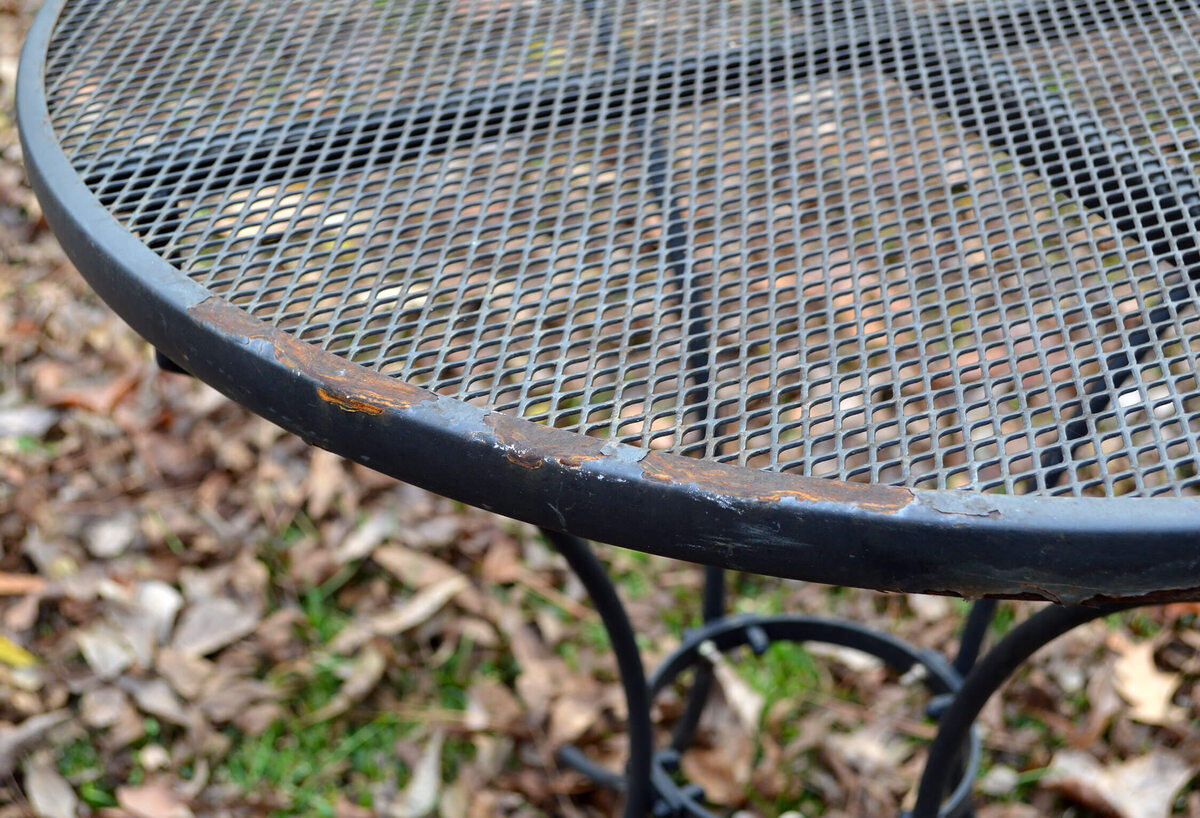

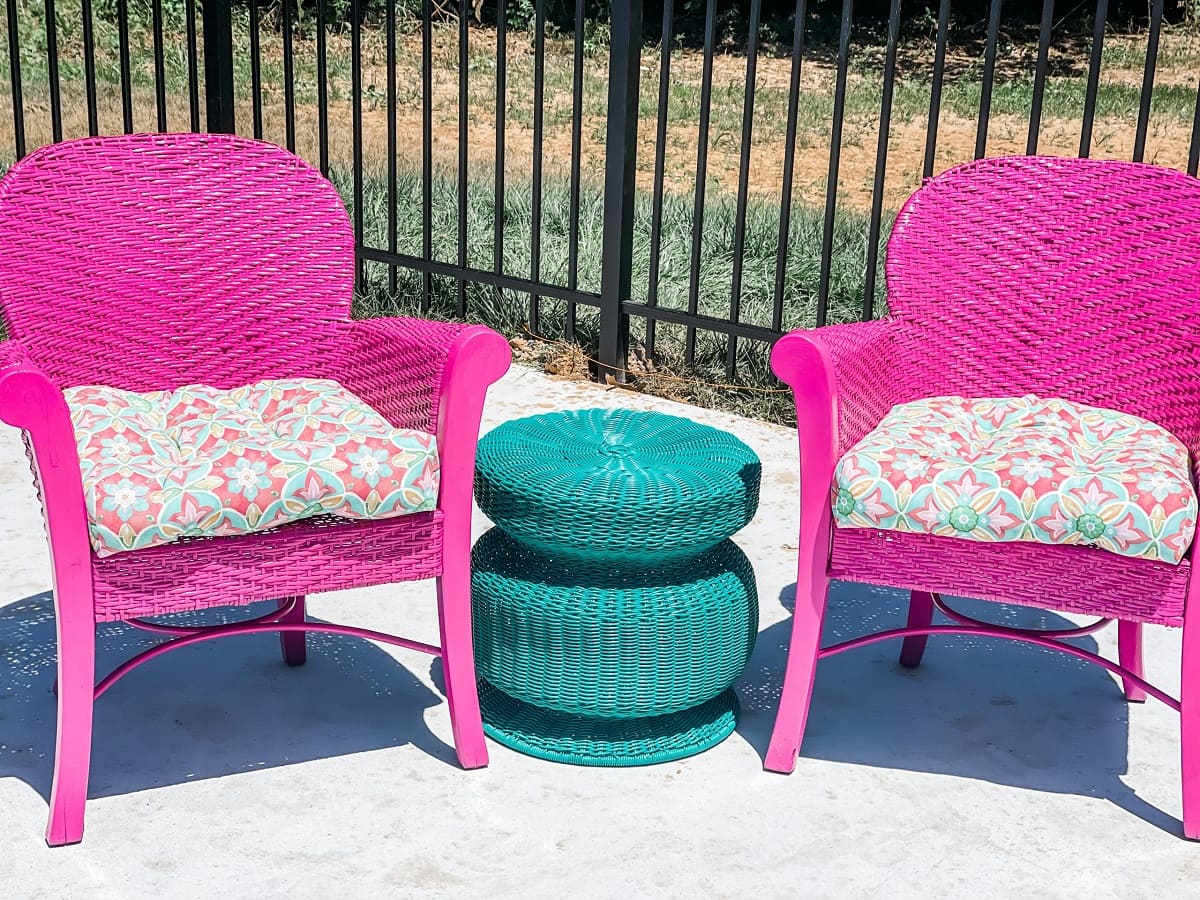
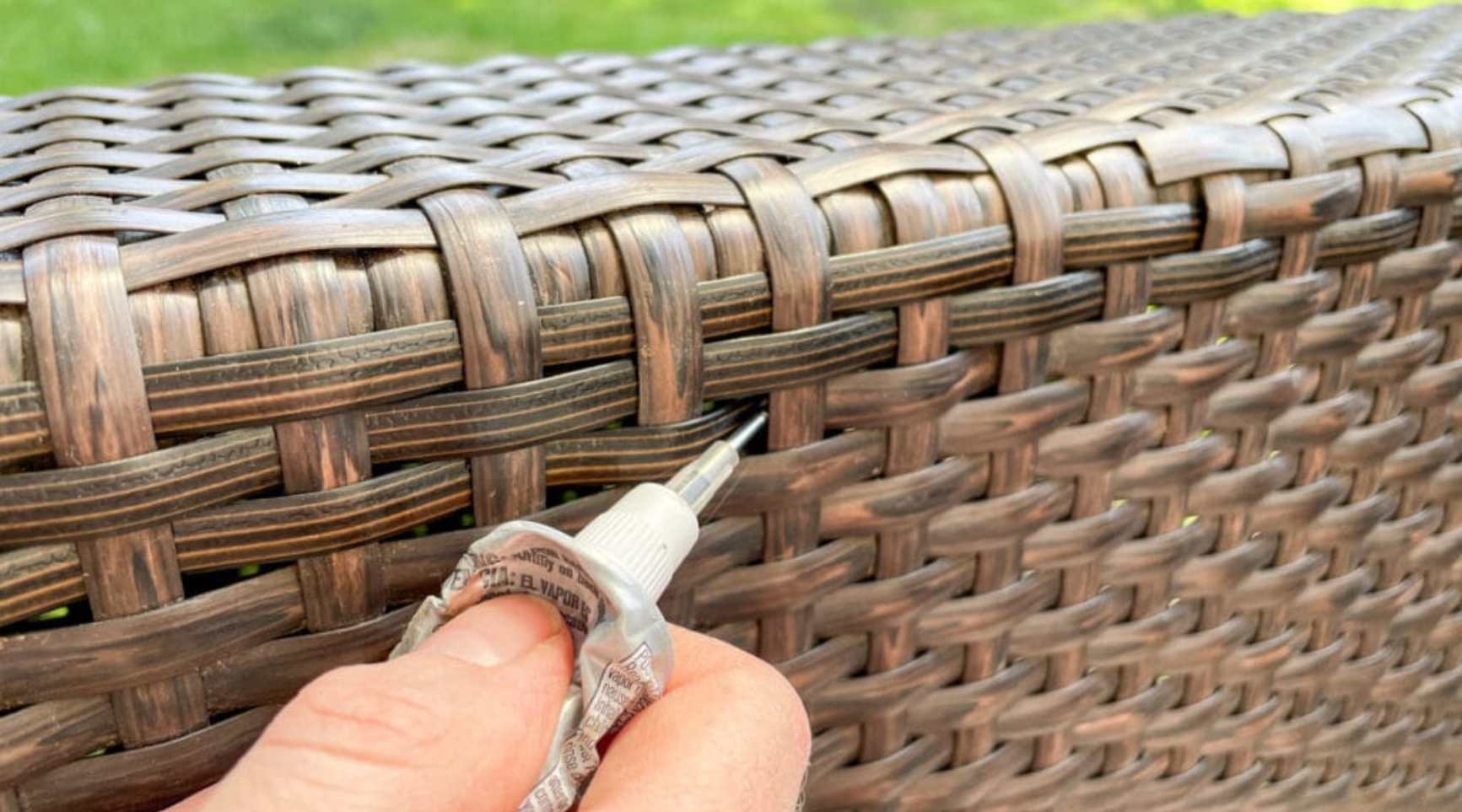
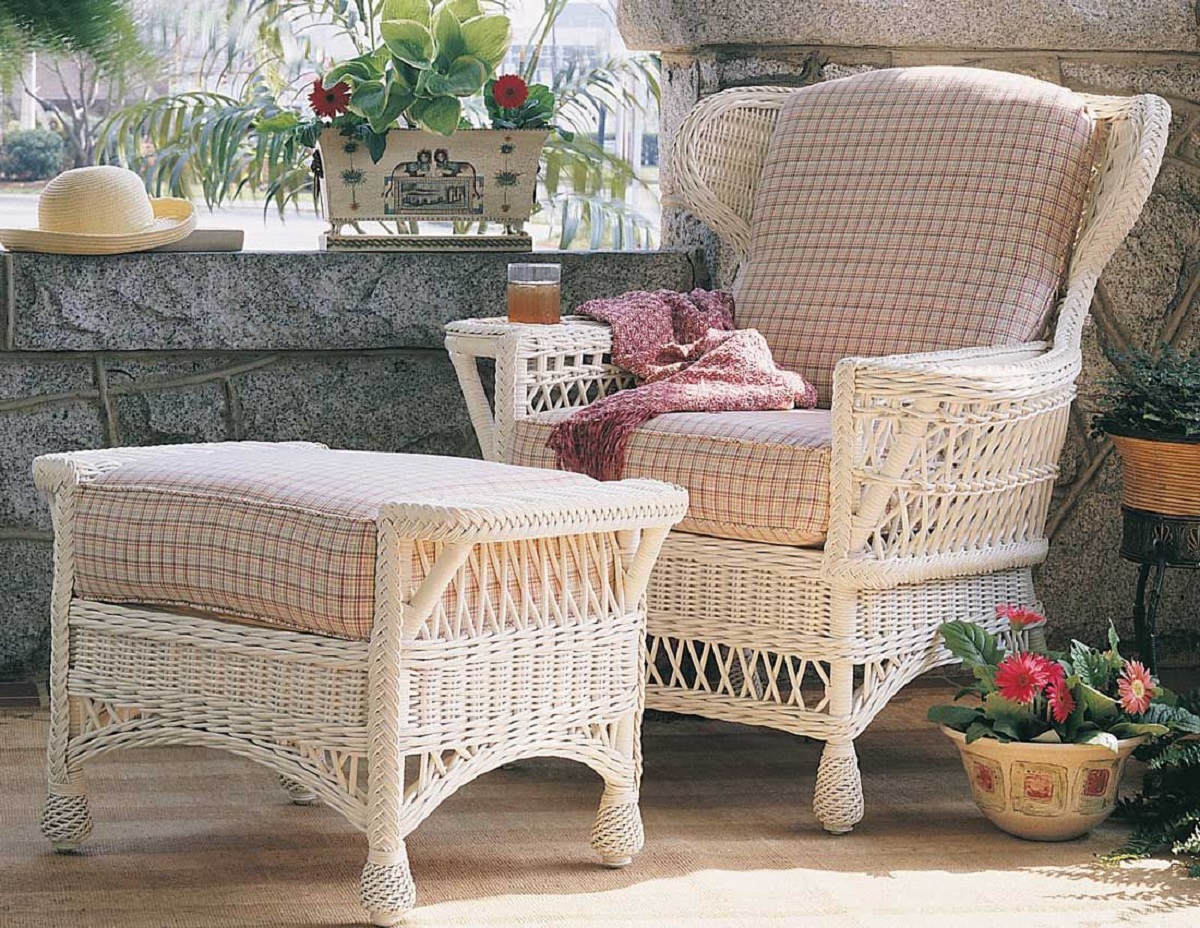


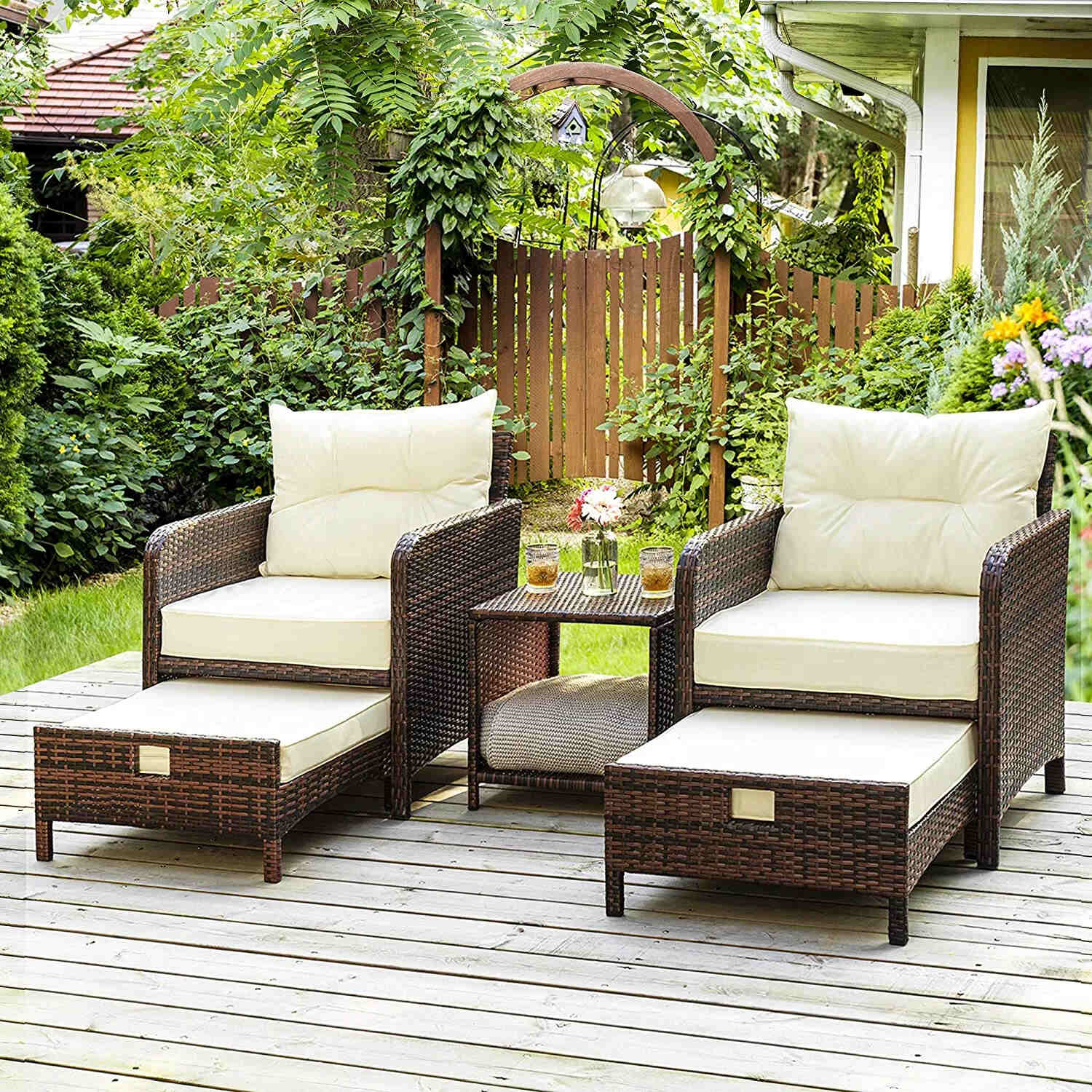
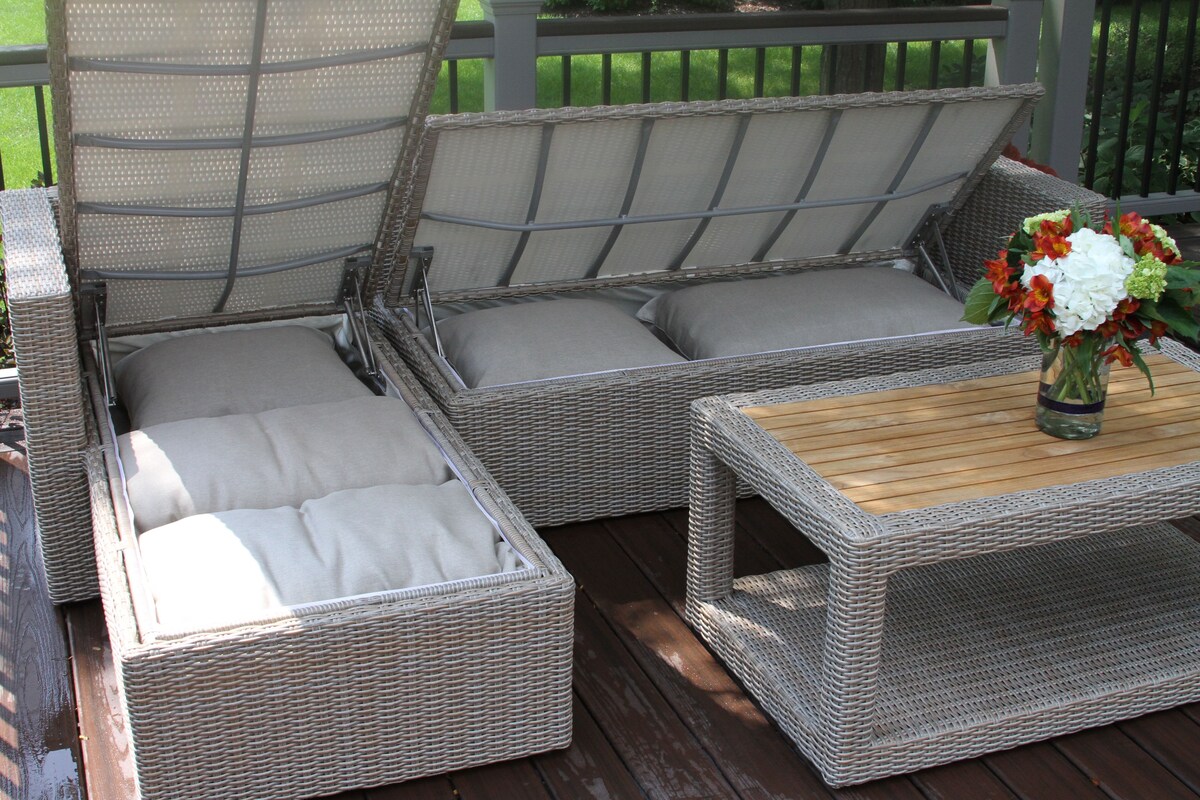
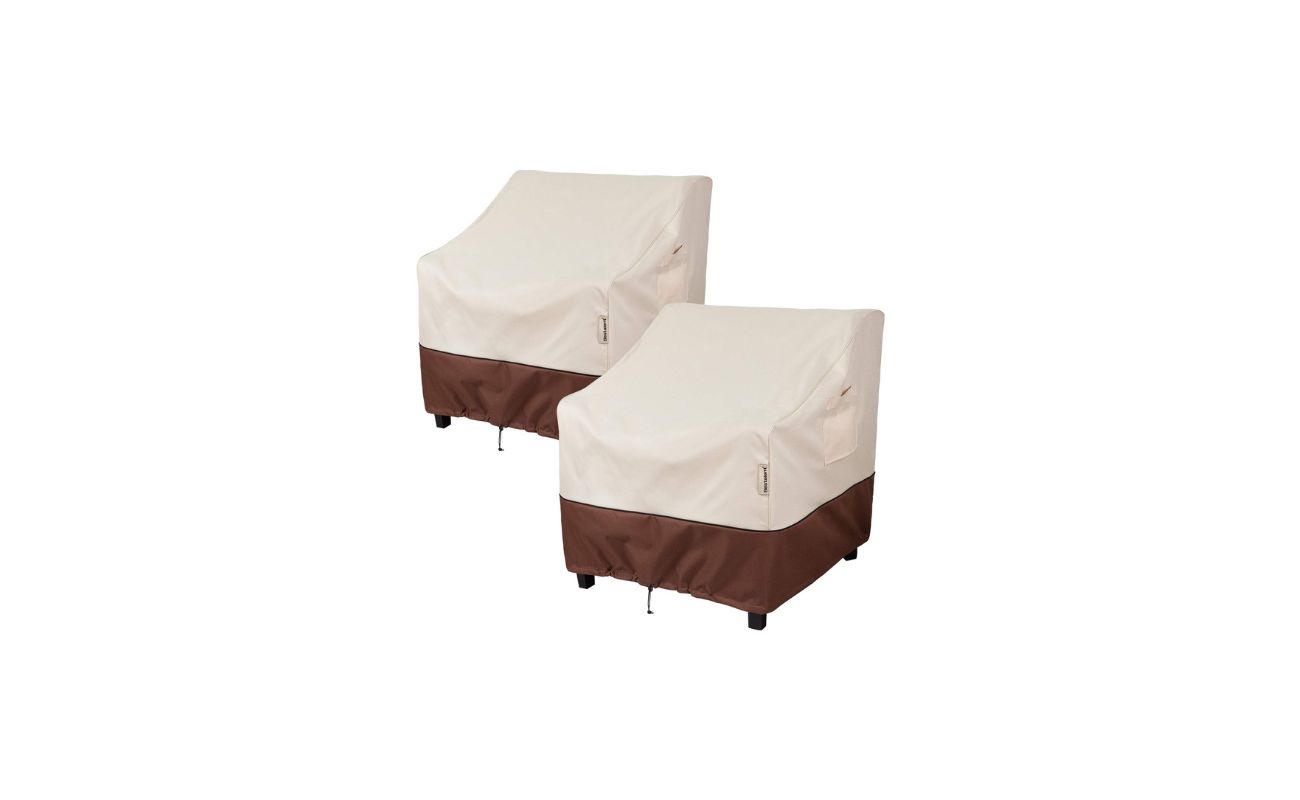
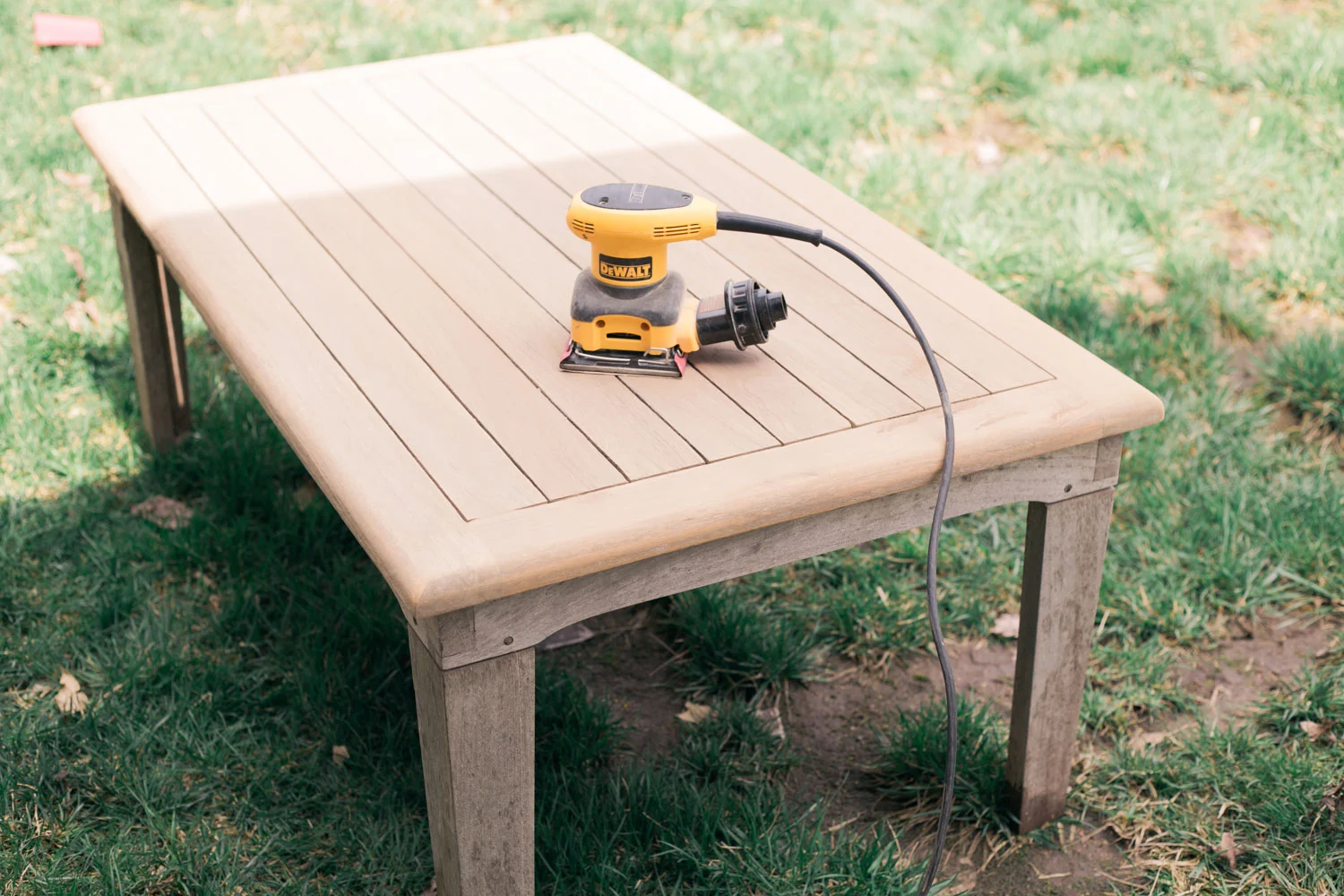
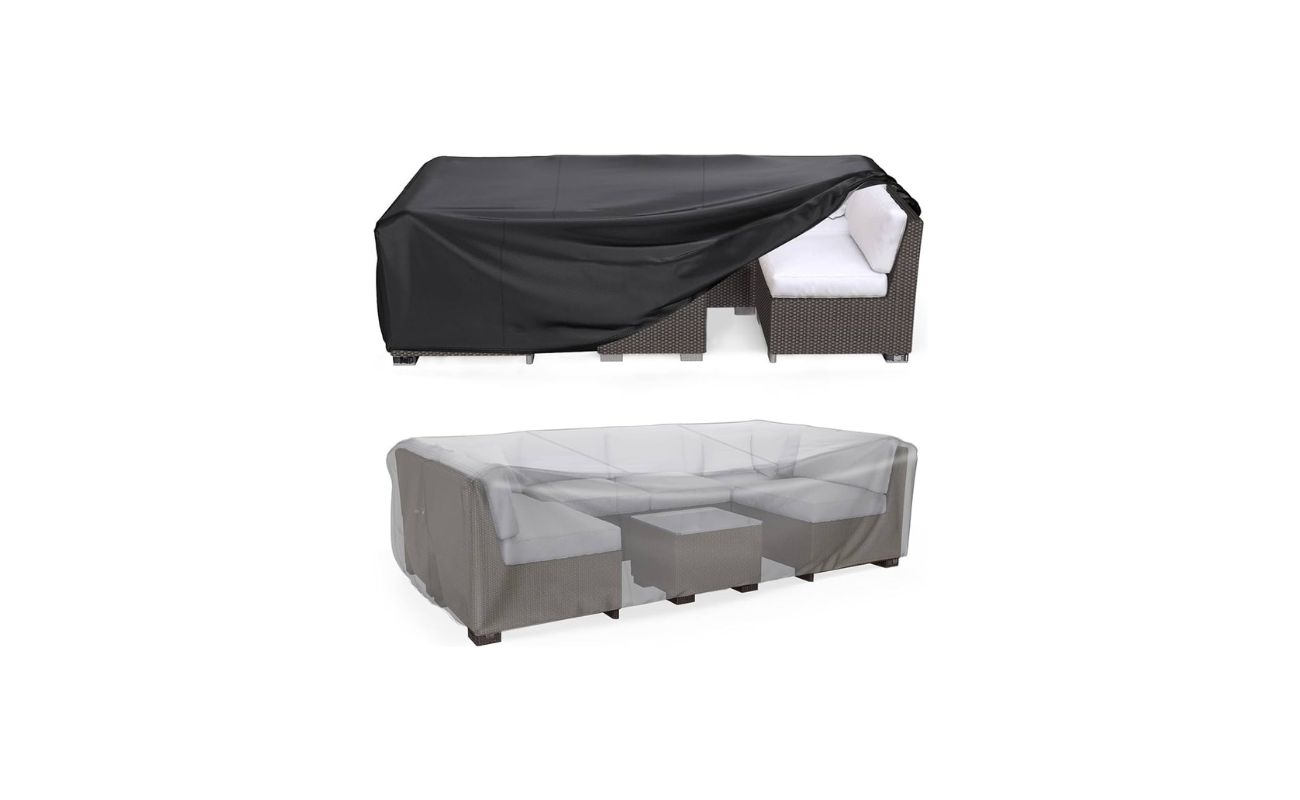


0 thoughts on “How To Fix Wicker Patio Furniture”